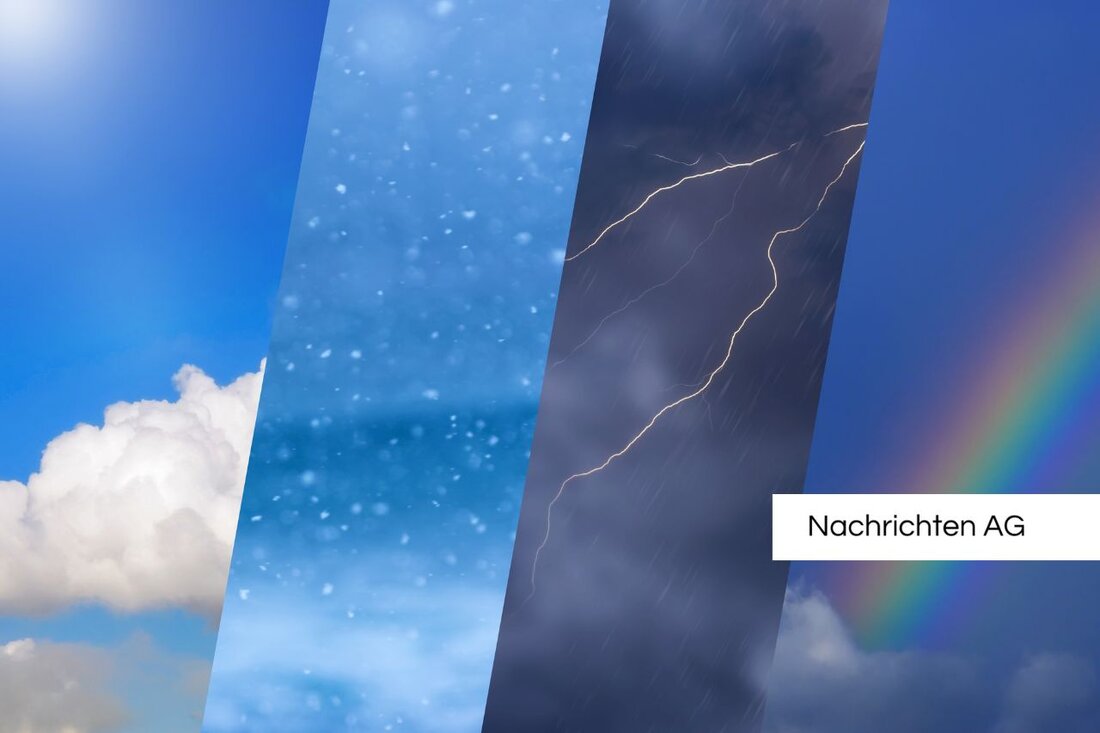Black snakes alarm NRW: Harmless or dangerous?
Black grass snakes have been increasingly sighted in Essen and North Rhine-Westphalia. Experts explain the increase due to climate change. Tips for meeting people.

Black snakes alarm NRW: Harmless or dangerous?
An unusual phenomenon has recently occurred in North Rhine-Westphalia: Numerous citizens report sightings of black snakes in their gardens, cellars or while walking on field and forest paths. Around 50 animal protection emergency calls reached the Ruhr Area Wilderness School Mercury communicates. But don't worry, these are not dangerous exotic animals like the dreaded black mamba, which many people suspect of these animals. Rather, it is the native grass snake, which appears entirely black due to a genetic mutation.
This mutation, also known as melanism, causes the overproduction of dark pigments, making the snakes appear completely black. “We are dealing here with harmless grass snakes that generally avoid contact with people,” explains Martin Maschka from the Wilderness School Cologne City Gazette reported. The grass snakes are not poisonous and can grow up to two meters long.
Habitat and reproduction
The grass snake is widespread in Germany and particularly prefers vegetation-rich bank areas, wet meadows and moors. In their natural habitat, females lay up to 50 eggs, from which the small snakes hatch in late summer. The two yellow, crescent-shaped spots behind the head, which are missing in melanistic specimens, are particularly noticeable. However, according to experts, the dark coloring could also be interpreted as an adaptation to rising temperatures caused by climate change, as warmer and wetter weather creates ideal conditions for the animals.
As the Ahlen Animal Welfare Association explained, the grass snake is one of the seven snake species that occur in Germany. These species include, among others, the Aesculapian snake and the adder, all of which are under special protection. The main factors contributing to their endangerment are loss of habitat due to human activities and water pollution.
Dealing with sightings
When grass snakes are sighted, prudence is required: NABU recommends remaining calm, keeping a distance of one to two meters and not harassing the animal. Violence against snakes can have serious legal consequences, with fines of up to 50,000 euros, as the Ruhr Area Wilderness School strongly emphasizes. And that's a good thing, because these animals are an important part of our local ecosystem.
Conclusion: The black grass snakes are not only harmless inhabitants, but also fascinating creatures that enrich our natural heritage. When sightings occur, prudence and respectful treatment are required in order to protect this endangered reptile. If you have any questions or would like to report sightings, we recommend contacting the Ruhr Area Wilderness School on 01577 2949225.

 Suche
Suche